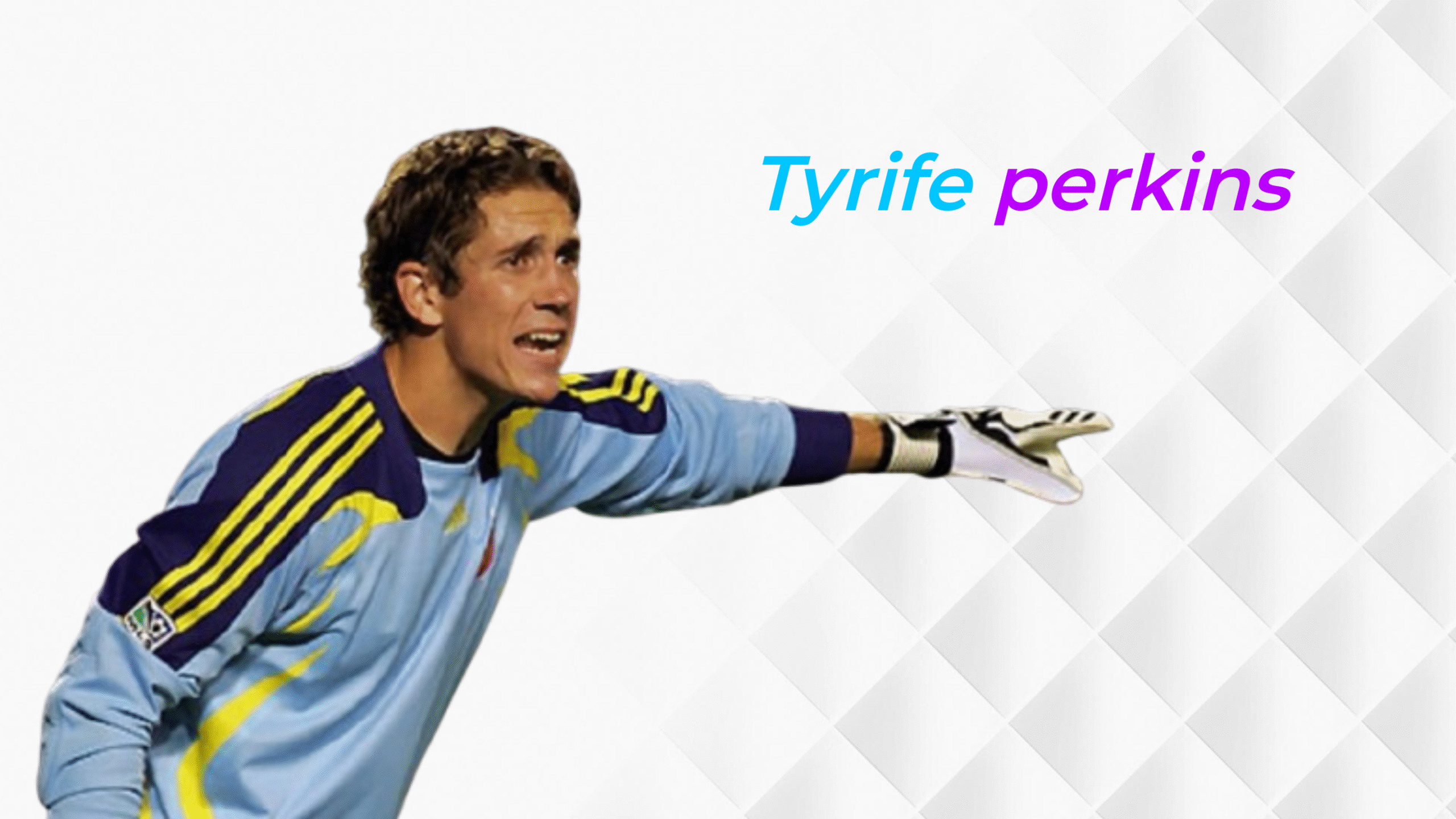
When it comes to performance vehicles, the components that make up the engine and drivetrain are crucial for achieving optimal power and efficiency. Among these components, rods play a significant role in transferring power from the pistons to the crankshaft. In this article, we will delve into the specifics of 13mm rods max hp, their maximum horsepower (HP) capacity, and how they fit into the broader context of engine performance.
What Are 13mm Rods?
Rods, or connecting rods, are essential components in an internal combustion engine. They connect the piston to the crankshaft, converting the linear motion of the piston into the rotational motion needed to turn the crankshaft. The size of the rod, including its diameter, can significantly impact the engine’s performance.
The term “13mm rods max hp” refers to the diameter of the rod’s small end, which connects to the piston. This size is commonly found in various performance engines, particularly in the automotive and motorsport industries. The choice of rod size can affect the engine’s ability to handle power, its weight, and its overall efficiency.
The Importance of Rods in Engine Performance
Rods are subjected to immense forces during engine operation. As the piston moves up and down, the rod must withstand not only the weight of the piston but also the forces generated by combustion. This means that the material and design of the rod are critical for ensuring reliability and performance.
Material Considerations
Most performance rods are made from high-strength materials such as forged steel or aluminum. Forged steel rods are known for their durability and ability to handle high horsepower applications. Aluminum rods, while lighter, may not be as strong as their steel counterparts but can be beneficial in specific racing applications where weight savings are crucial.
Design Features
The design of the rod also plays a significant role in its performance. Features such as the rod’s length, width, and shape can influence how it behaves under load. For instance, a longer rod can provide a better angle for the piston, reducing side loading and improving efficiency. Additionally, the use of advanced manufacturing techniques, such as CNC machining, can enhance the precision and performance of the rods.
Maximum Horsepower Capacity of 13mm Rods
One of the most critical factors to consider when selecting rods for a performance engine is their maximum horsepower capacity. This capacity is influenced by several factors, including the material, design, and intended use of the engine.
General Guidelines
While there is no one-size-fits-all answer to the maximum horsepower capacity of 13mm rods, general guidelines can help engine builders make informed decisions. Typically, high-quality forged steel 13mm rods can handle anywhere from 500 to 1,000 horsepower, depending on the specific design and application.
For example, a well-designed rod made from high-strength steel with proper heat treatment can withstand higher loads and stresses, making it suitable for high-performance applications. Conversely, a lower-quality rod may fail at much lower horsepower levels.

Factors Affecting Maximum HP
-
Engine Configuration: The type of engine (e.g., inline, V-type) can influence the loads experienced by the rods. V-type engines often have more complex dynamics, which can affect rod performance.
-
RPM Range: The engine’s operating RPM range is crucial. Higher RPMs can increase the forces acting on the rods, potentially leading to failure if the rods are not designed to handle such conditions.
-
Boost Levels: For turbocharged or supercharged engines, the amount of boost can significantly increase the power output. Rods must be capable of handling the additional stress caused by forced induction.
-
Tuning and Fuel Quality: The way an engine is tuned and the quality of fuel used can also impact the maximum horsepower. Poor tuning can lead to detonation, which can cause catastrophic failure of engine components, including rods.
Choosing the Right 13mm rods max hp Rods for Your Application
When selecting 13mm rods max hp for a performance engine, several factors should be considered to ensure that they meet the demands of your specific application.
Intended Use
The first step in choosing the right rods is to determine the intended use of the engine. Is it for daily driving, street performance, or full-on racing? Each application has different requirements, and rods should be selected accordingly.
Power Goals
Next, consider your power goals. If you plan to push the engine to its limits, investing in high-quality rods that can handle the desired horsepower is essential. Researching the specifications and performance history of various rod manufacturers can provide valuable insights.
Budget Considerations
Performance rods can vary significantly in price. While it may be tempting to go for the cheapest option, remember that quality often comes at a cost. Investing in high-quality rods can save you money in the long run by preventing failures and the associated costs of repairs.
Manufacturer Reputation
Choosing rods from reputable manufacturers with a proven track record in the performance industry is crucial. Look for reviews, testimonials , and performance data to gauge the reliability and effectiveness of the rods you are considering. Established brands often have extensive testing and development processes that ensure their products can withstand the rigors of high-performance applications.
Installation and Maintenance of 13mm Rods
Once you have selected the appropriate 13mm rods max hp for your engine, proper installation and maintenance are vital to ensure their longevity and performance.
Installation Tips
-
Follow Manufacturer Guidelines: Always adhere to the installation instructions provided by the rod manufacturer. This includes torque specifications and any specific procedures for fitting the rods to the pistons and crankshaft.
-
Use Quality Fasteners: The bolts used to secure the rods should be of high quality and appropriate for the application. Consider using ARP (Automotive Racing Products) fasteners, which are known for their strength and reliability.
-
Check for Clearances: Before final assembly, ensure that there are no clearance issues between the rods and other engine components. This includes checking for adequate space between the rods and the crankshaft, as well as ensuring that the piston skirts do not interfere with the cylinder walls.
Maintenance Practices
-
Regular Inspections: Periodically inspect the rods for signs of wear or damage. Look for any signs of bending, cracking, or fatigue, especially after high-performance use.
-
Oil Quality: Use high-quality engine oil to ensure proper lubrication of the rods and other moving parts. Regular oil changes can help prevent premature wear and maintain optimal performance.
-
Monitor Engine Performance: Keep an eye on engine performance metrics, such as oil pressure and temperature. Any significant deviations from normal operating conditions could indicate potential issues with the rods or other engine components.
Conclusion
In summary, 13mm rods max hp are a critical component in high-performance engines, playing a vital role in transferring power from the pistons to the crankshaft. Understanding their maximum horsepower capacity and the factors that influence it is essential for anyone looking to build or modify a performance engine. By carefully selecting the right rods based on intended use, power goals, and budget, and by ensuring proper installation and maintenance, you can maximize the performance and reliability of your engine. Whether you are a casual enthusiast or a serious racer, investing in quality 13mm rods max hp can make a significant difference in your engine’s performance and longevity.









hi